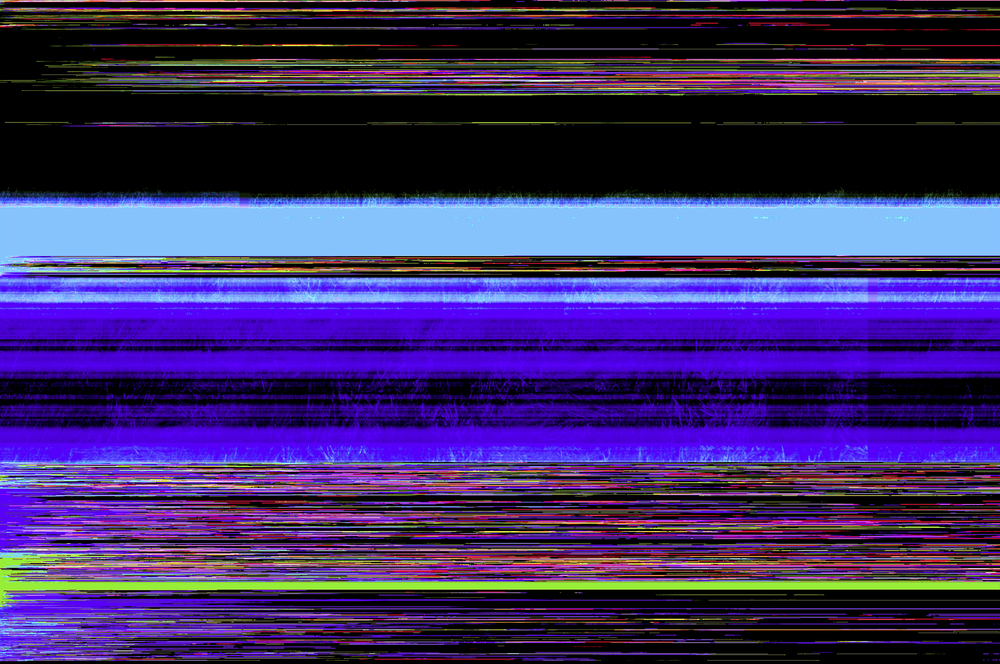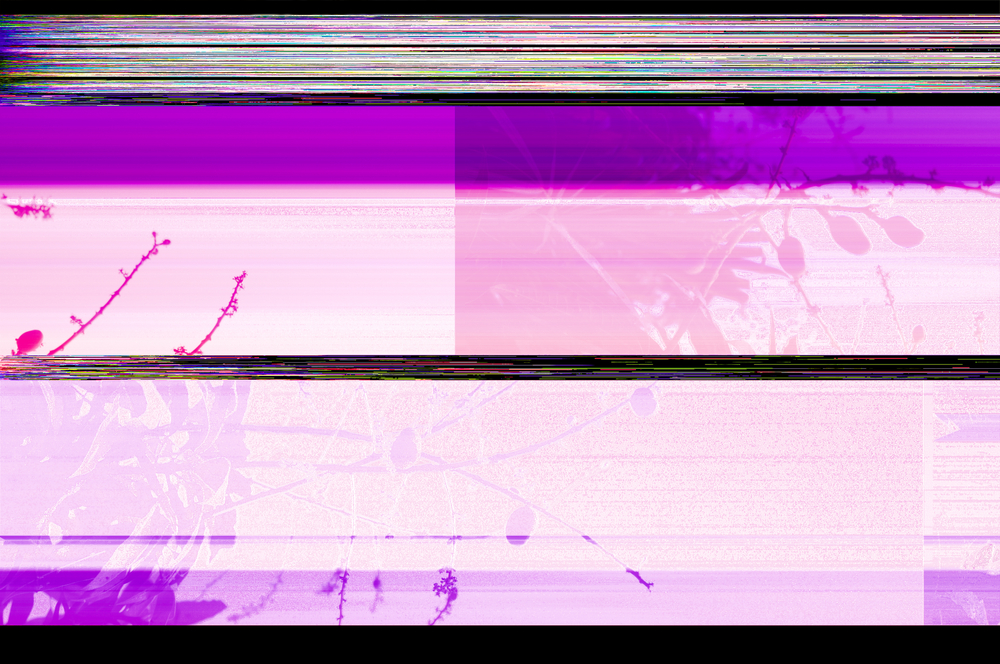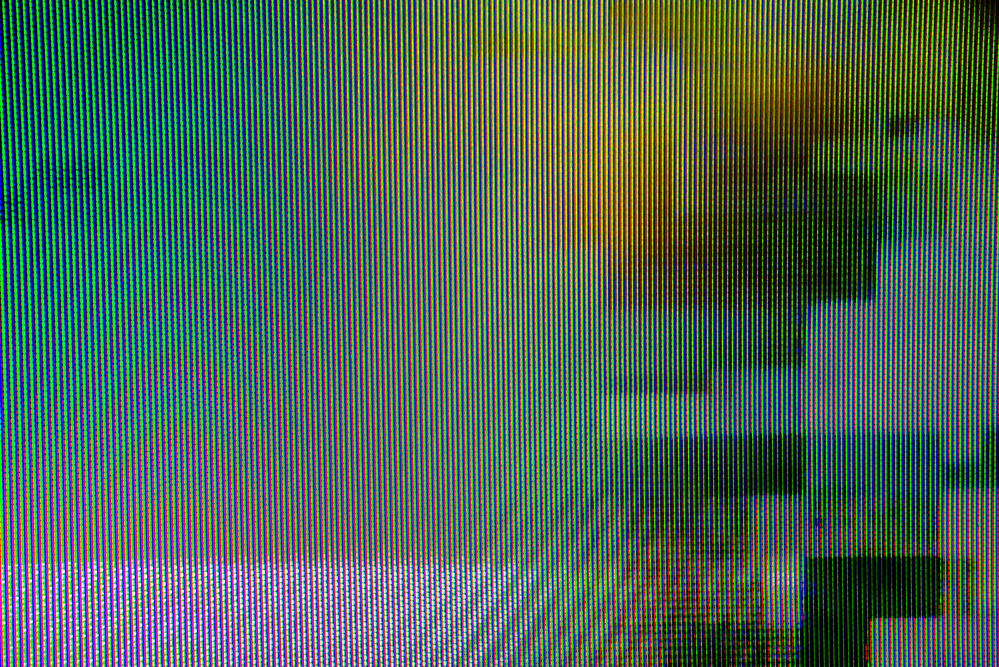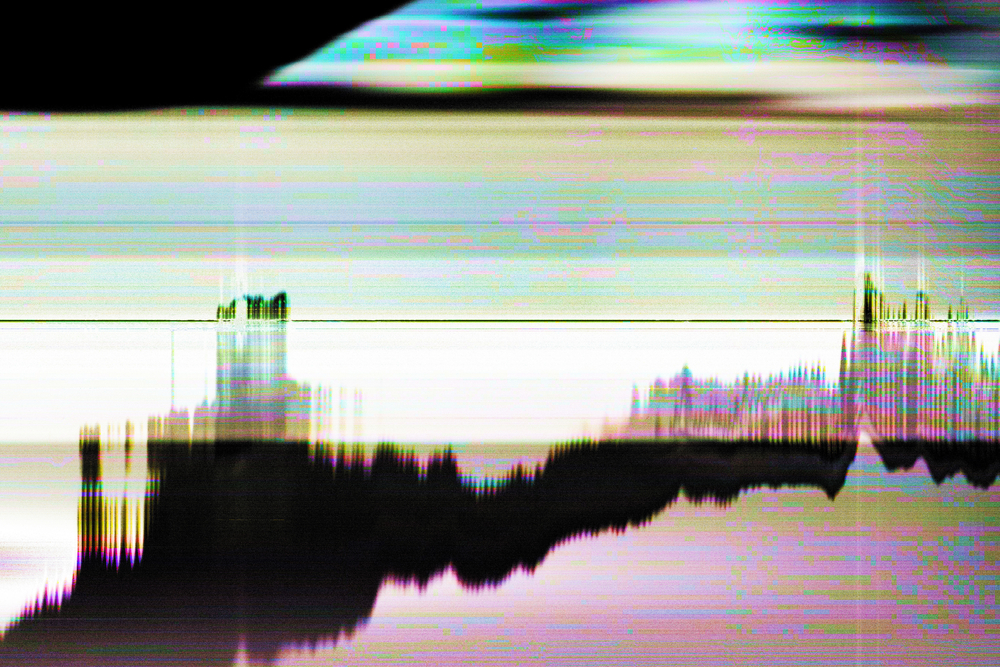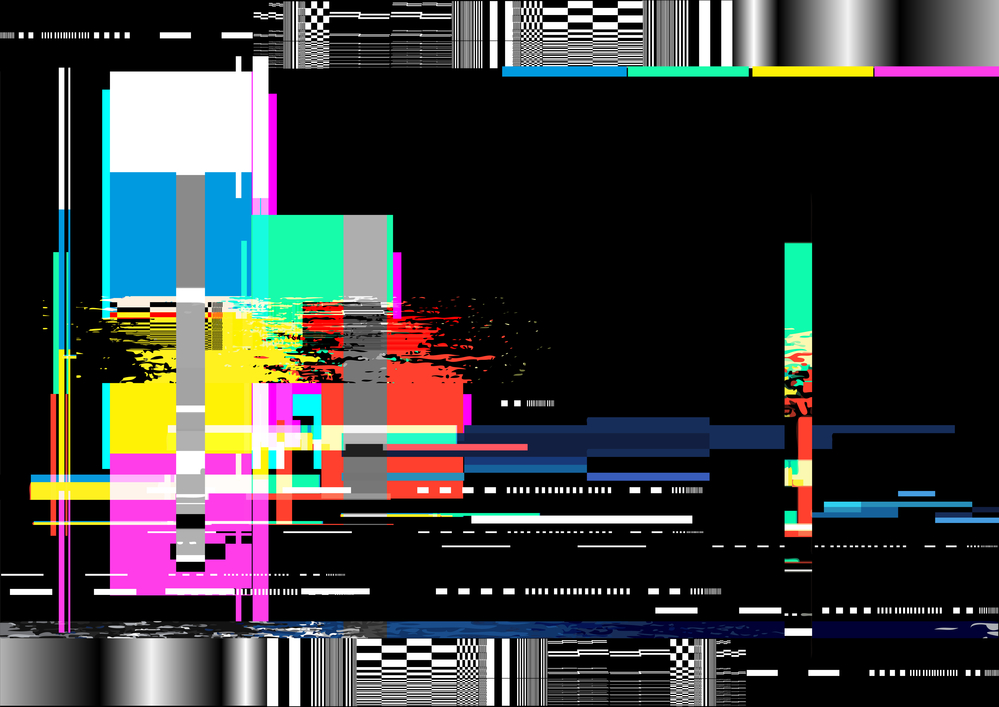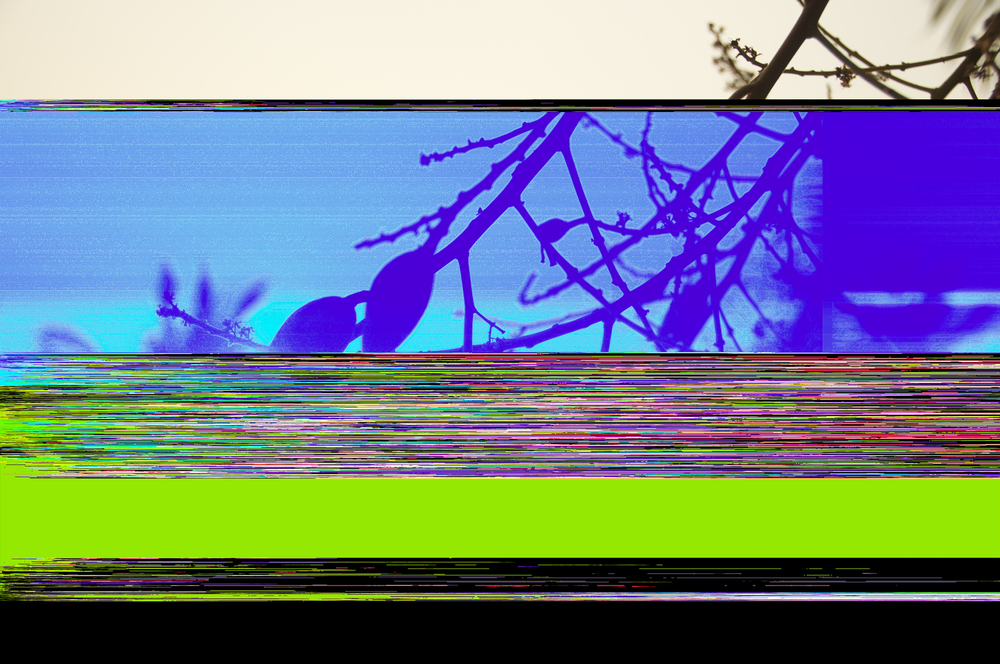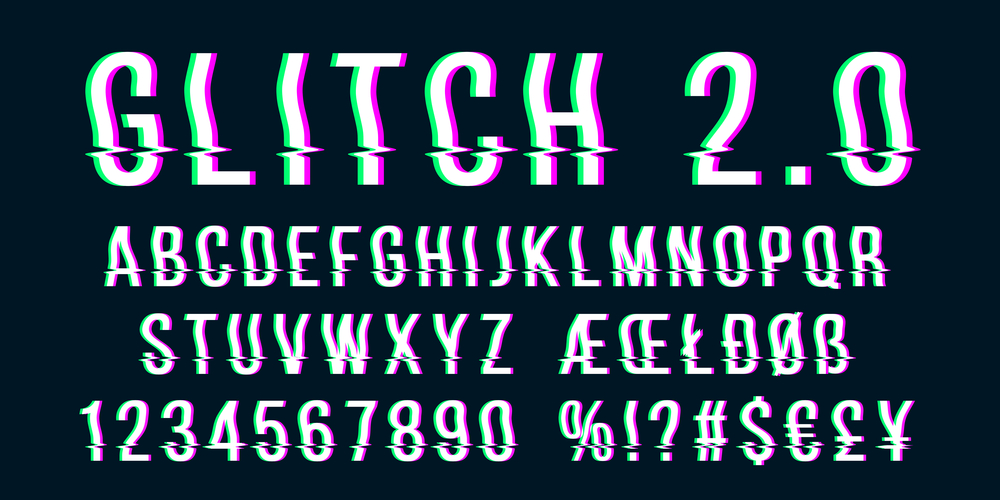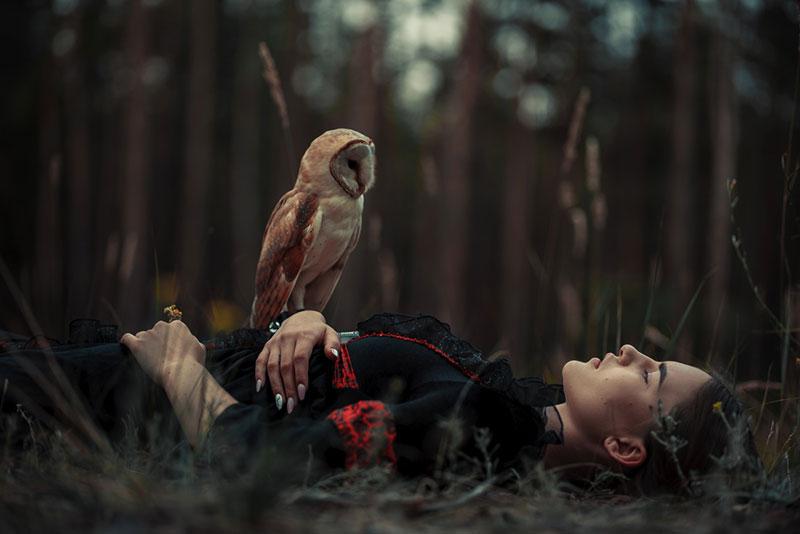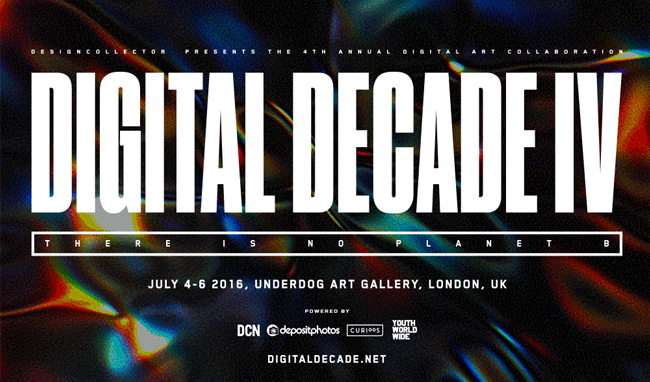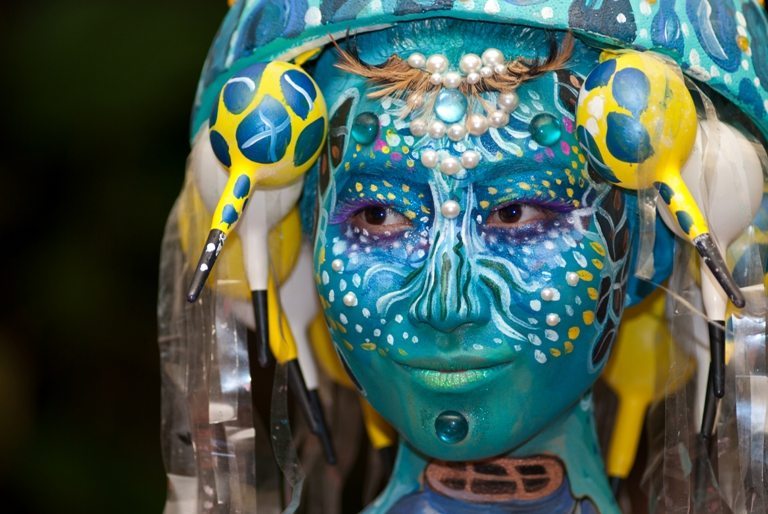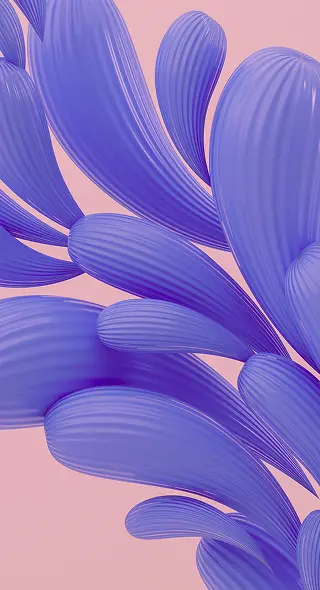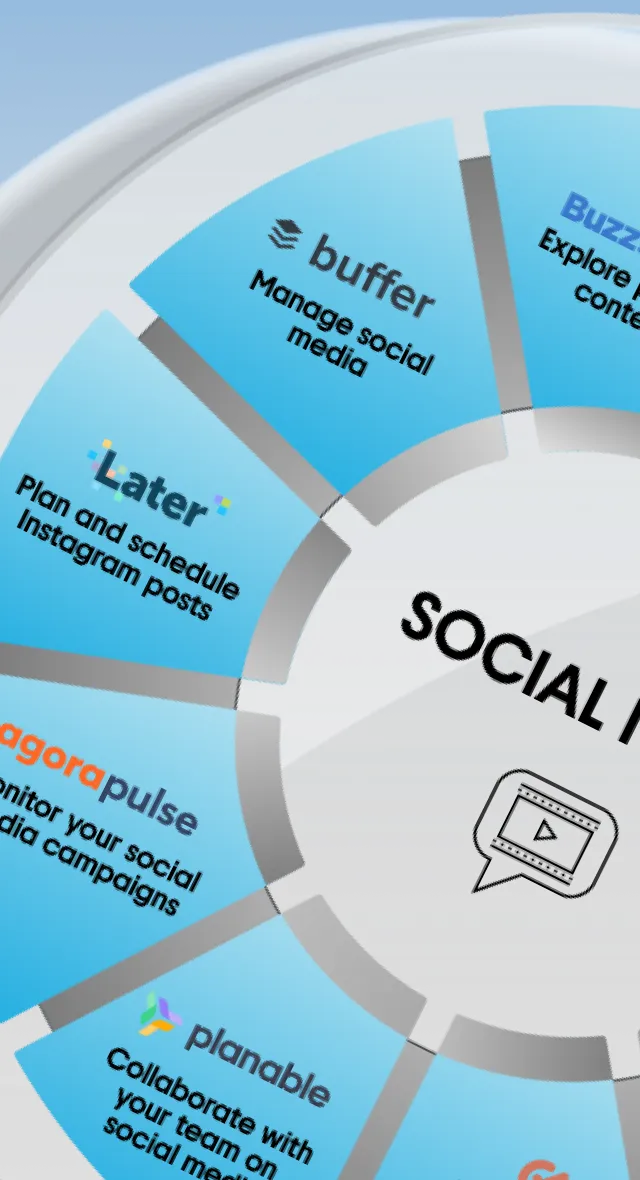Glitch Art: Exploring the Aesthetics of Digital Error and Distortion
Perfect and accurate designs are everywhere. But there’s a different type of aesthetic that enjoys the unexpected — glitch art. By breaking the conventional rules of design, glitch art can help you create unique and eye-catching visuals, making your campaigns more memorable and impactful.
In this article, we’ll look at where glitch art came from and what techniques to use to create your own engaging glitch design. With resources from our extensive library at your disposal, there’s never been a better time to dive into the world of glitch art. Let’s get started!
Discover Glitch Art CollectionWhat is glitch art?
At its core, glitch art is a visual art form that uses digital or analog errors, known as ‘glitches,’ for aesthetic and expressive purposes. Glitches may occur spontaneously due to software bugs or hardware failures. However, in the context of glitch art, they are often induced deliberately by manipulating digital code or interfering with hardware. This often results in misplaced pixels, strange patterns, fragmentation, or other forms of visual malfunctions that interrupt the predictable flow of digital information.
Yet, despite the apparent chaos, glitch art is not entirely about randomness. While the initial glitch may be unexpected, designers have developed numerous techniques to intentionally induce, manipulate, and control glitches, transforming these errors into a new form of digital art.
Origins of glitch art
The origin of glitch art is inherently intertwined with the development and spread of digital technology. Its concept be traced back to the 1960s, primarily emerging from experimental music scenes. Musicians began using electronic systems to create music, and in the process, they sometimes encountered unexpected faults in the systems. Some musicians started to see them as an opportunity for creative exploration. However, while glitch was becoming a recognized concept in music, the visual aspect of glitch art didn’t start to form until the development of personal computing.
As digital technology advanced and became more accessible, visual artists began to encounter and experiment with digital glitches. Tools and platforms available to artists have evolved, and so too have the techniques of glitch art. With the new millennium came new technologies and platforms that pushed glitch art into the mainstream — glitch art began to move beyond the experimental circles, forming the broader digital art movement.
The philosophy of glitch art runs much deeper than just the aesthetic appreciation of visual errors. At its heart, glitch art is a critique and exploration of our relationship with technology in the digital age. In a world increasingly reliant on technology, we expect our devices and programs to operate flawlessly. Glitch art disrupts these expectations by emphasizing the instability and unpredictability of digital systems. It reminds us that technology, like humanity, is fallible and unpredictable.
As we often seek perfection in everything, glitch art prompts us to appreciate the irregular and unexpected. It offers an alternative perspective, reminding us that beauty can be found in places we least expect, even in what we perceive as an error.
Creating glitch art
Creating glitch art is both a technical and creative process. It involves understanding how digital systems work, as well as how to manipulate them to produce aesthetically pleasing results. Here are several glitch art design techniques:
1. Databending
In databending, you manipulate the data of a file using software that wasn’t intended for the file’s format. For example, you might open an image file in a text editor or audio processing software. Changing the data and then reopening the file in its appropriate software can result in a variety of glitches. This technique is commonly used in sound design but can also be applied to still images or video files.
2. Pixel sorting
Pixel sorting is a technique where the pixels in an image are rearranged according to an algorithm, often based on their hue, brightness, or saturation values. This can create streaks or clusters of similar-colored pixels, producing a striking visual effect that disrupts the original image while retaining some semblance of its form.
3. Data moshing
Data moshing is a technique often used in video art where the information of one frame is bled into another, resulting in a smeared or melted visual effect. It’s accomplished by removing keyframes from a video file, causing frames to blend together in unexpected ways.
4. Hex editing
Hex editing involves directly manipulating a file’s hexadecimal code. This can be done using a hex editor that allows you to view and edit the raw binary data of a file. By changing this hex code, you can induce a wide range of glitches, depending on what kind of data you change and how you change it.
5. Glitch scanning
Glitch scanning is a physical technique that involves scanning an image while physically manipulating the printed photo or the scanner itself. For example, you might move the photo around on the scanner bed while the scan is in progress.
6. Light leaks
The light leaks effect came to design from analog photography. This effect happens when light ‘leaks’ into the film camera and exposes the film, resulting in a warm wash of color that gives an evocative mood. Although not a glitch in the conventional sense, light leaks can contribute to the glitch aesthetic, adding disruption to the visual composition. In the digital realm, you can recreate this effect by layering light leak overlays onto your design.
6. Double exposure
Double exposure is a photographic technique where two or more images are superimposed to create a single image. Yet, within the realm of glitch art, double exposure can introduce visual complexity and disorientation to your designs. By layering disparate scenes or elements, you can disrupt viewer perception and generate visual interferences that are central to the glitch aesthetic.
7. Noise and grain
Noise, often seen as random dots of color, usually appears in digital images due to low light conditions or high ISO settings in cameras. Grain, on the other hand, it’s tiny granular textures that are another characteristic of analog photography. Noise and grain disrupt the clean and polished look of digital images, adding roughness and imperfection to them.
8. Color degradation
The color degradation process involves the intentional reduction, distortion, or alteration of colors within a digital image. This can manifest as muted hues, shifts in color balance, over-saturation, or the reduction of an image to a limited color palette. Color degradation creates a visually disruptive effect, much like viewing an image on a malfunctioning display or faded print material.
9. Glitch lettering
Glitch lettering involves duplicating, offsetting, or fragmenting letters as if there was a malfunction in the text’s rendering. Yet, despite the distortions, it’s important that glitched text remains legible to ensure the intended message is effectively communicated.
Ready to embrace the glitch aesthetic?
Glitch art, with its engaging aesthetic, holds particular relevance for tech companies and social media brands looking to stand out in the digital landscape. If you’re aspiring to use glitch art aesthetic, we’ve got you covered! Our extensive library boasts a vast collection of photos and videos that you can incorporate into your glitch designs. Whether you need raw materials for digital manipulation or pre-made glitch elements to speed up your workflow, you’ll find it all in our library.
Discover Glitch Art CollectionTo wrap up
As we look towards the future, the glitch aesthetic will evolve and adapt, much like the technology that inspires it. One thing’s for certain: glitch art will continue to intrigue, inspire, and disrupt, challenging our perceptions of visual culture. Explore our visual resources, get inspired, and start creating your unique glitch art.
Other articles you might find interesting
Creating Visual Intrigue with Optical Illusions: Inspiring Visuals & Design Tips
What Is Retro Futurism? Explore the Retro-Futuristic Art & Design Trend
Retro Rewind: Design Trends of the 60s, 70s, and 80s Explained
A Visual Symphony of the 70s: Thematic Image Collection
The Power of Neon: Definition, Design Tips, and Color Codes
